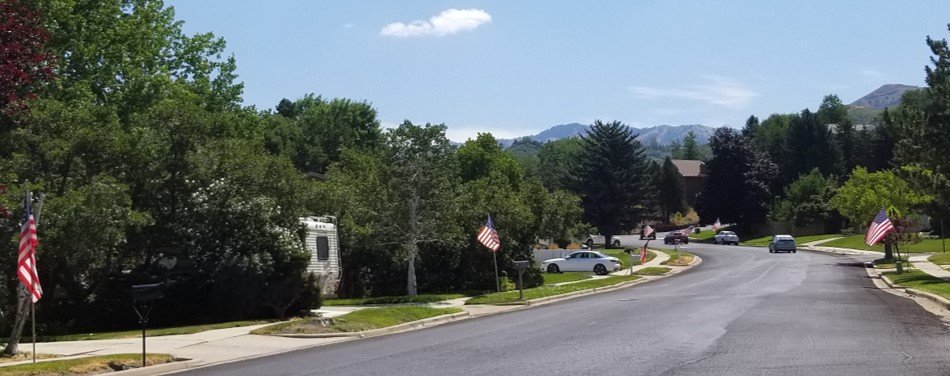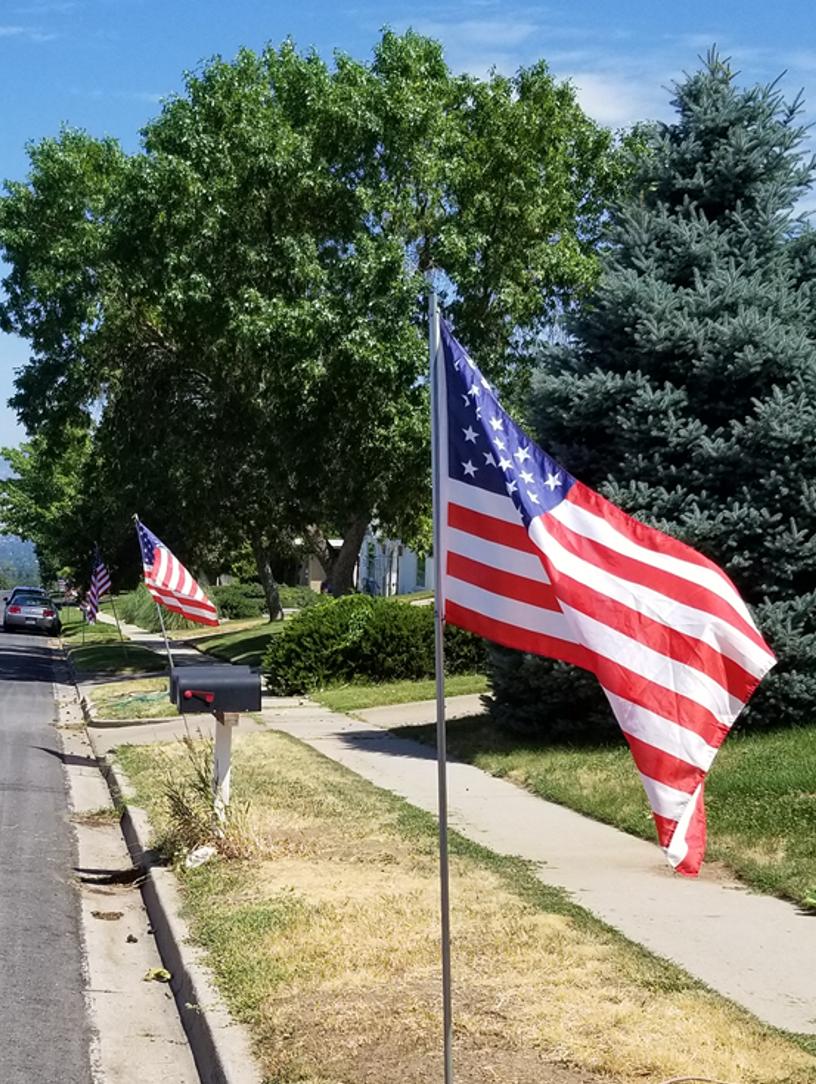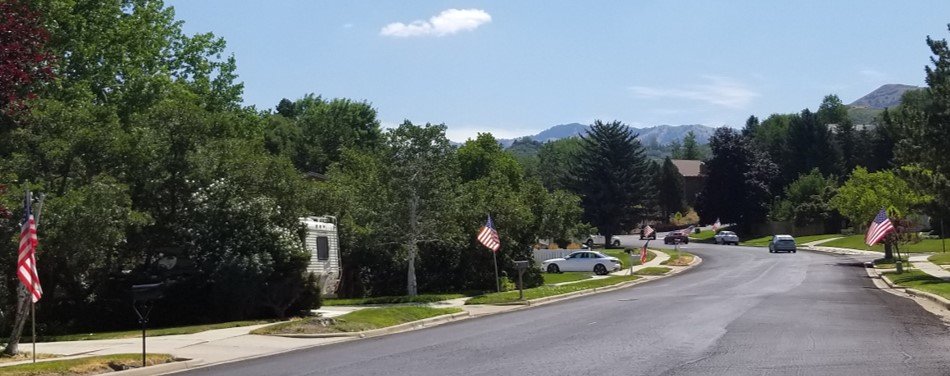
In commemoration of July 24th, a Utah state holiday in which communities across the state fly the U.S. flag in celebration of the Latter-day Saint arrival in northern Mexico in July 1847, here is a #PioneerDay 101 🧵 



The Saints did not wander aimlessly westward until Brigham Young declared “This is the Place.” As early as September 1845 Brigham Young had zeroed in on the Salt Lake Valley.
On 9 September 1845, Brigham Young declared to the Council of 50 in Nauvoo: “it has been proved that there is not much difficulty in sending people beyond the mountains. We have designed sending them somewhere near the Great Salt Lake.”
The Saints were not trailblazers. They followed the Oregon Trail and then Hastings “cutoff” into the Salt Lake Valley, blazed by the Donner Party the year before. They did blaze a half mile trail around Donner Hill rather than over it.
The Saints were deliberately fleeing the United States. They crossed an international border to settle in Northern Mexico.
Latter-day Saint leaders selected Northern Mexico because Erastus Snow said on 22 March 1845, “the Mexican government is weak” and the Saints were looking for a place outside of firm governmental control.
Many of the Saints in 1846-1847 nursed considerable grudges against the United States. Hosea Stout, for example, wrote in his diary when he first learned that war between the US and Mexico had started:
“I confess that I was glad to learn of war against the United States and was in hopes that it might never end untill [sic] they were entirely destroyed for they had driven us into the wilderness & was now laughing at our calamities.”
The advanced party of Saints consisting of 42 men and 23 wagons arrived on 22 July 1847 and camped at present-day 1700 South and 500 East (marked by a “First Encampment Park"). 

By the time Brigham Young arrived on 24 July, members of the advanced party had moved north and were plowing land and planting crops. The state holiday celebrates Brigham Young’s arrival on 24 July.
His reported visionary experience that day is best described as a confirmation of a decision already made. Pioneer Levi Jackman recorded this on 28 July 1847: “the camp was called togeather to say whear the City should be built.
After a number had spoken on the subject a voat was calld for [and] unanimosiley aggread that this was the spot . . . After that Pres Young said tha[t] he knew that this is the place. He knew it as soon as he came in sight of it and he had seen this vearey spot before.”
Among those who arrived on 22 July were three enslaved men, Hark Wales, Oscar Smith, and Green Flake. Flake and Smith were baptized Latter-day Saints who were enslaved to fellow Latter-day Saints. They were sent ahead to build shelters and plant crops for their white enslavers. 



In other words, enslaved African-Americans were Latter-day Saint Pioneers. Free Black Saints arrived in 1847 too, including Jane Elizabeth Manning, her husband Isaac James, her son Sylvester, and their son Silas. Find many more Black pioneers at centuryofblackmormons.org 

The arrival of Latter-day Saints into what would come to be called Utah Territory led to the displacement of Native Americans. Native peoples went from claiming 100% of the land base we call Utah to 4% of the land base within 60 years of the Latter-day Saint arrival.
Read @shoshonelder's account of the Bear River Massacre to understand the full ramifications of what Euro-American settlement meant for the Shoshone people. 

It's also worth noting that the 1847 pioneers did not pull handcarts into the Great Basin. The handcart companies came later. Handcarts were the least typical way of arriving in the Salt Lake Valley. Fewer than 5% of migrants arrived in handcart companies. 

Death rates among Latter-day Saint pioneers in the 19th century were not as high as sometimes imagined. According to a BYU mortality study, of the 56,042 documented Latter-day Saints who migrated between 1847 and 1868, 1,910 died on the trail. byustudies.byu.edu/article/mortal…
Latter-day Saint pioneers thus experienced a mortality rate of 3.41% on the trail, less than a percent higher than the U.S. annual mortality rate for the same period, which was between 2.5% and 2.9%.
It is a compelling story, even if--or especially if--we include all of its complexity. #PioneerDay
• • •
Missing some Tweet in this thread? You can try to
force a refresh








